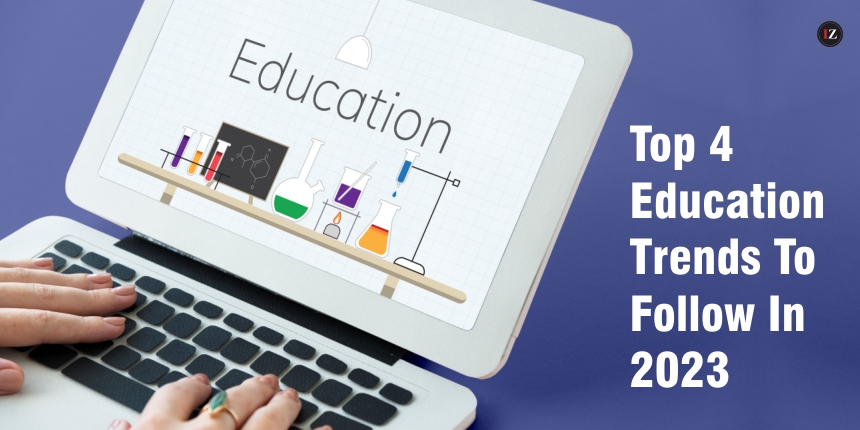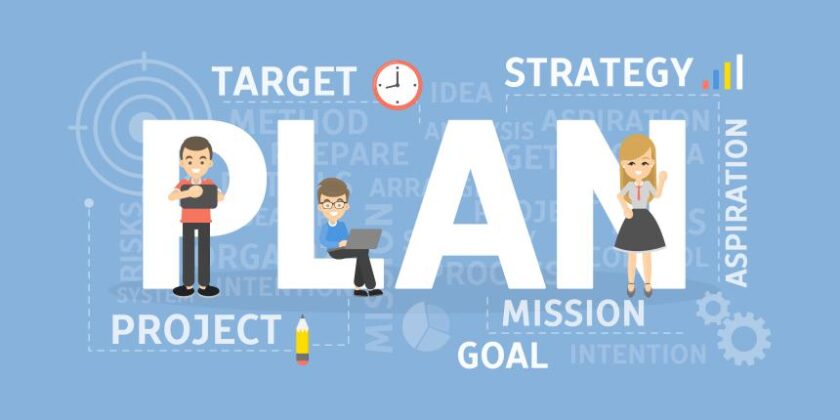More than 2 years after the pandemic forced school closures worldwide, countries are still striving to ensure education continuity as new coronavirus variants emerge at frighteningly regular intervals. In the absence of a widespread vaccine protocol for children, full-scale face-to-face learning is still a distant reality.
Students will learn more about the subject they are studying due to the internet and technology. Suggesting that students will have more decision-making power about their education in the future. Our educational system will continue to alter to keep up with the evolving needs of the 21st century as our world adapts to welcome technological futures.
In this uncertain climate, the only thing that remains certain is that technological innovations will be at the heart of education systems worldwide. Technology-led remote learning is here to stay, and it holds promise for addressing inequality and building skills to ensure a better future for today’s students.
The following new trends can be seen in the education sector in the new year:
1. Online learning expands opportunity and accessibility in education
With the shift to remote learning, there has been a strong inclination from learners to complete their modules and submit projects at their own pace. Asynchronous learning is on-trend, allowing students greater freedom and flexibility in learning.
Technology’s most significant impact has been the creation of personalized learning pathways. Students have shown keenness for individual attention from instructors, who can tap into real-time data to track their problems and learning progress. Data-rich models can help students develop holistically.
2. Increased enrolment in STEAM-based Programmes:
21st century has been a witness to several developmental changes in the education sector. Inclination towards STEAM-based programmes is nothing new, but it still needs to gain the much-needed momentum to give rise to a new approach towards education. STEAM-based learning aims at encouraging students to gain skills that prepare them for the future and the fast-paced environment.
3. Not Just College, Hybrid learning
In 2023, high schools will increase resources dedicated to preparing students for future paths that lead to places other than traditional college courses. Vocational and technical courses teaching a diverse range of skill sets are likely to become more popular as school’s work with employers to develop new solutions to problems caused by the skills gap.
While many universities used hybrid learning models prior to 2020, more and more university classrooms are embracing the flexibility of hybrid learning. It offers the best of both the in-person and digital worlds: students can chat in class and online and engage with materials in person and through digital community. Hybrid learning gives students a deeper feeling of community while offering the flexibility of digital education.
4. Virtual Reality (VR) and Augmented Reality(AR) in Education Technology
At the outset, it is important to distinguish between Augmented Reality and Virtual Reality for a better understanding of their implications on higher education. Augmented Reality embellishes the existing reality with the elements of imagery, sound effects, or text. Virtual Reality, on the other hand, creates a new, simulated environment that presents the given topic to students in an engaging, interactive and experiential manner. Both technologies are catching on fast in the education sector, and as per the estimates, the market for AR/VR in the education industry is expected to grow up to $6 billion by 2023.
Schools and colleges are creating infrastructure and committing resources to integrate their curricula with these technologies. AR/VR technology is not inexpensive and requires special alignment between the tech and the curricula to deliver desired learning results. This may deter some institutions to incorporate AR/VR in their education delivery systems.
The above-mentioned trends present a range of challenges, as well as benefits with steady growth in technological capabilities. Experts opine that technology, on one hand, does not encourage students to engage in soft skills training, but on the other hand, imparts a multitude of opportunities to engage with their peer group and observe the world with a new outlook.
No doubt, technology has made the schools tech-savvy with clear emphasis on professional development and communication skills. While many feels that all these benefits have made the education journey easier for many, nothing can replace face-to-face interactions.




